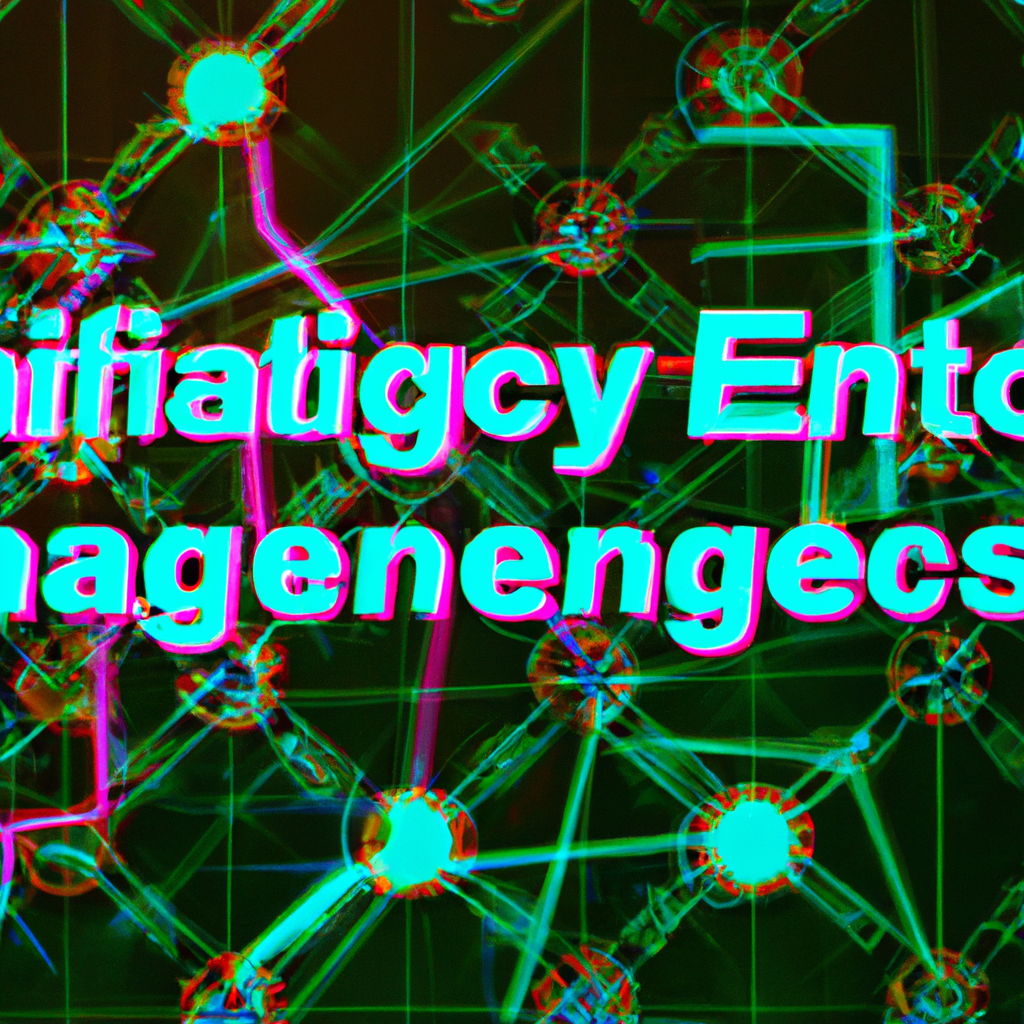Investigating the Efficiency of Graph Algorithms in Social Network Analysis
Table of Contents
Investigating the Efficiency of Graph Algorithms in Social Network Analysis
# Introduction:
Social network analysis (SNA) has gained significant attention in recent years due to the exponential growth of online social platforms. With billions of users connected through various social media platforms, understanding the underlying structures and dynamics of these networks has become crucial for various applications, including marketing, recommendation systems, and security. Graph algorithms play a fundamental role in analyzing the complex relationships within social networks. In this article, we delve into the efficiency of graph algorithms in social network analysis, exploring both classic and emerging trends in the field.
# Graph Algorithms in Social Network Analysis:
Social networks can be represented as graphs, where nodes represent individuals or entities, and edges represent relationships or interactions between them. Graph algorithms provide a powerful toolkit for analyzing these networks, helping researchers gain insights into the structure, connectivity, and properties of social relationships. Two main categories of graph algorithms used in social network analysis are centrality measures and community detection algorithms.
## Centrality Measures:
Centrality measures focus on identifying the most important or influential nodes within a social network. These measures help identify key individuals who have a significant impact on information flow, influence, or communication dynamics within the network. One widely used centrality measure is Degree Centrality, which quantifies the number of connections a node has. Nodes with higher degrees are considered more central, as they have a larger reach within the network.
Another popular centrality measure is Betweenness Centrality, which identifies nodes that act as bridges between different parts of the network. Nodes with high betweenness centrality often control the flow of information between separate clusters or communities within the social network. Betweenness centrality can be particularly useful in identifying influential individuals who have control over information dissemination.
Efficient graph algorithms, such as Breadth-First Search (BFS) and Depth-First Search (DFS), are commonly used to compute centrality measures. These algorithms have a time complexity of O(|V| + |E|), where |V| represents the number of nodes and |E| represents the number of edges in the graph. However, for large-scale social networks, these algorithms can become computationally expensive and may require optimization techniques, such as parallel computing or sampling, to achieve acceptable performance.
## Community Detection Algorithms:
Community detection algorithms aim to identify groups or communities within a social network, where nodes within a community are densely connected, while connections between communities are sparser. Identifying communities can help uncover hidden patterns, understand social dynamics, and detect influential groups or subgroups within the network.
One classical algorithm for community detection is the Girvan-Newman algorithm, which utilizes the concept of edge betweenness to iteratively remove edges that have high betweenness centrality. This process leads to the formation of disjoint communities. However, the Girvan-Newman algorithm can be computationally expensive for large networks, as it requires calculating edge betweenness centrality for all edges in the graph.
Emerging trends in community detection algorithms focus on leveraging machine learning techniques, such as deep learning and graph neural networks, to efficiently identify communities in social networks. These approaches aim to learn node representations that capture the underlying structure and community memberships within the graph, enabling faster and more accurate community detection.
# Efficiency Challenges and Potential Solutions:
Efficiency is a critical concern when applying graph algorithms to large-scale social networks. As the size and complexity of social networks increase, traditional graph algorithms may struggle to provide timely and scalable solutions. Researchers and practitioners face several challenges in improving the efficiency of graph algorithms for social network analysis.
One challenge is the scalability of algorithms. Traditional graph algorithms, such as BFS and DFS, have a time complexity that grows linearly with the number of nodes and edges. As social networks can have billions of nodes and edges, these algorithms may become impractical. To address scalability challenges, researchers have explored parallel algorithms, distributed computing frameworks (such as Apache Spark), and sampling techniques to approximate results without processing the entire network.
Another challenge is the dynamic nature of social networks. Social networks are constantly evolving, with nodes and edges being added or removed over time. Traditional graph algorithms are not designed to handle dynamic graphs efficiently. To overcome this challenge, researchers have proposed incremental algorithms that update centrality measures or community structures incrementally as the network evolves. These algorithms can significantly reduce computation time by avoiding re-computation from scratch.
Furthermore, the availability and accessibility of large-scale social network datasets pose challenges in terms of storage and data processing. Storing and processing massive graphs require efficient data structures and algorithms that can handle the scale of the data. Distributed graph computation frameworks, like Apache Giraph and GraphX, have emerged to address these challenges by distributing graph data across multiple machines and leveraging parallel processing.
# Conclusion:
Efficient graph algorithms play a vital role in analyzing social networks and extracting meaningful insights. Centrality measures and community detection algorithms provide valuable information about the structure, influence, and dynamics of social relationships. However, as social networks grow in size and complexity, traditional graph algorithms face efficiency challenges. Researchers are actively exploring parallel computing, sampling techniques, and machine learning approaches to overcome these challenges and enable efficient analysis of large-scale social networks. As social network analysis continues to evolve, the development of efficient graph algorithms will be essential in unlocking the full potential of social network data.
# Conclusion
That its folks! Thank you for following up until here, and if you have any question or just want to chat, send me a message on GitHub of this project or an email. Am I doing it right?
https://github.com/lbenicio.github.io

